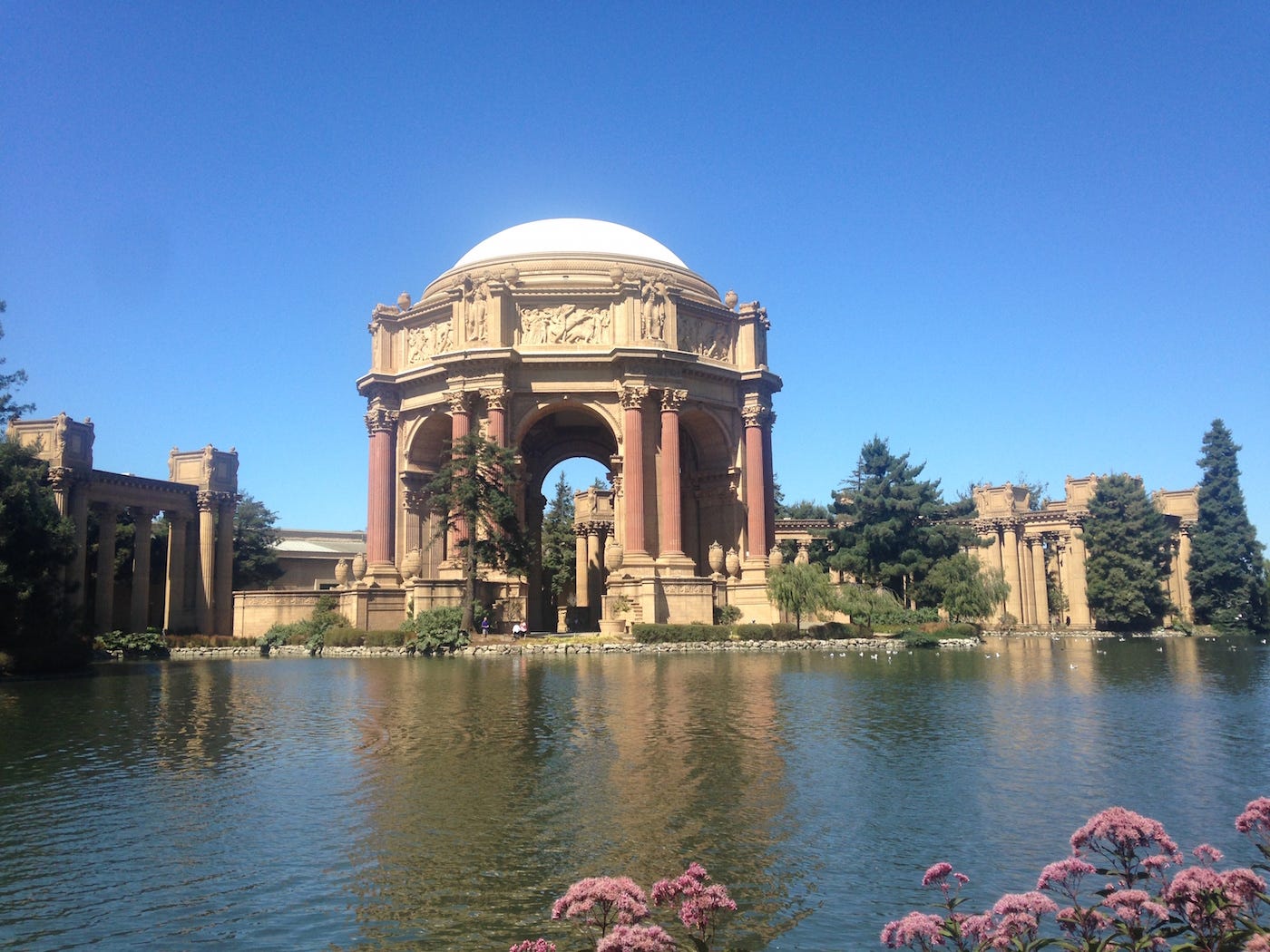
Sure, San Francisco is beautiful, like tourist-magnetizing, world-renowned, postcard kind of beautiful. But when you’re balancing a stressful job, crazy rent and a busy schedule, it’s easy to forget that you’re surrounded by so many beautiful landmarks that people from all over the world travel to see.
Perhaps you take the time to appreciate these landmarks during your commute or your evening jog, as you consider how lucky you are to live here. But because they’re often in the background, chances are you don’t know the stories behind them.
Coit Tower
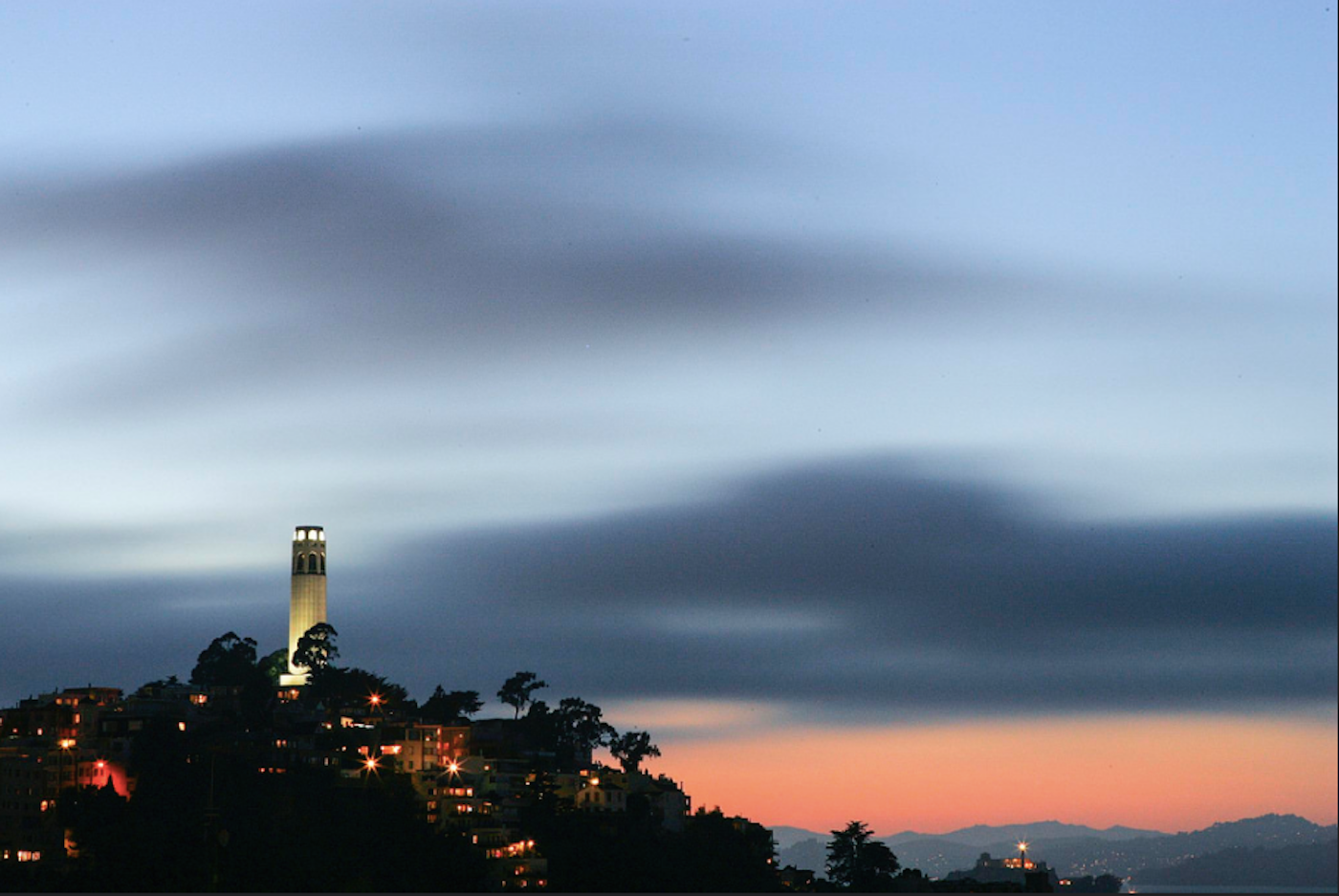
Living in North Beach, I see Coit Tower almost every day, and it makes me smile—every day. It reminds me of my grandpa, who, when I was a girl, told me that it was shaped like a fire hose to honor the first female firefighter. Turns out Papa was wrong about that part of the Coit story—the fluted tower’s resemblance to a fire hose is just a coincidence.
However, my grandfather wasn’t entirely wrong. Coit Tower was constructed with a bequest donation from Lillie Hitchcock Coit, a wealthy eccentric socialite who left a portion of her fortune for city beautification.
While my papa painted her as the firefighter version of Joan of Arc, young Lillie Coit moved to the city in the 1850s. During this time, the city of San Francisco didn’t have a fire department—let alone female firefighters. Yet Coit was fascinated with firefighting, and she reportedly helped Knickerbocker Engine Co. No. 5 put out a blaze on Telegraph Hill before other fire companies did. Her continued enthusiasm for supporting firefighters earned her the nickname “Firebelle Lil.” She was decreed an “honorary firefighter” and is now considered the matron saint of San Francisco firefighters.
Lombard Street
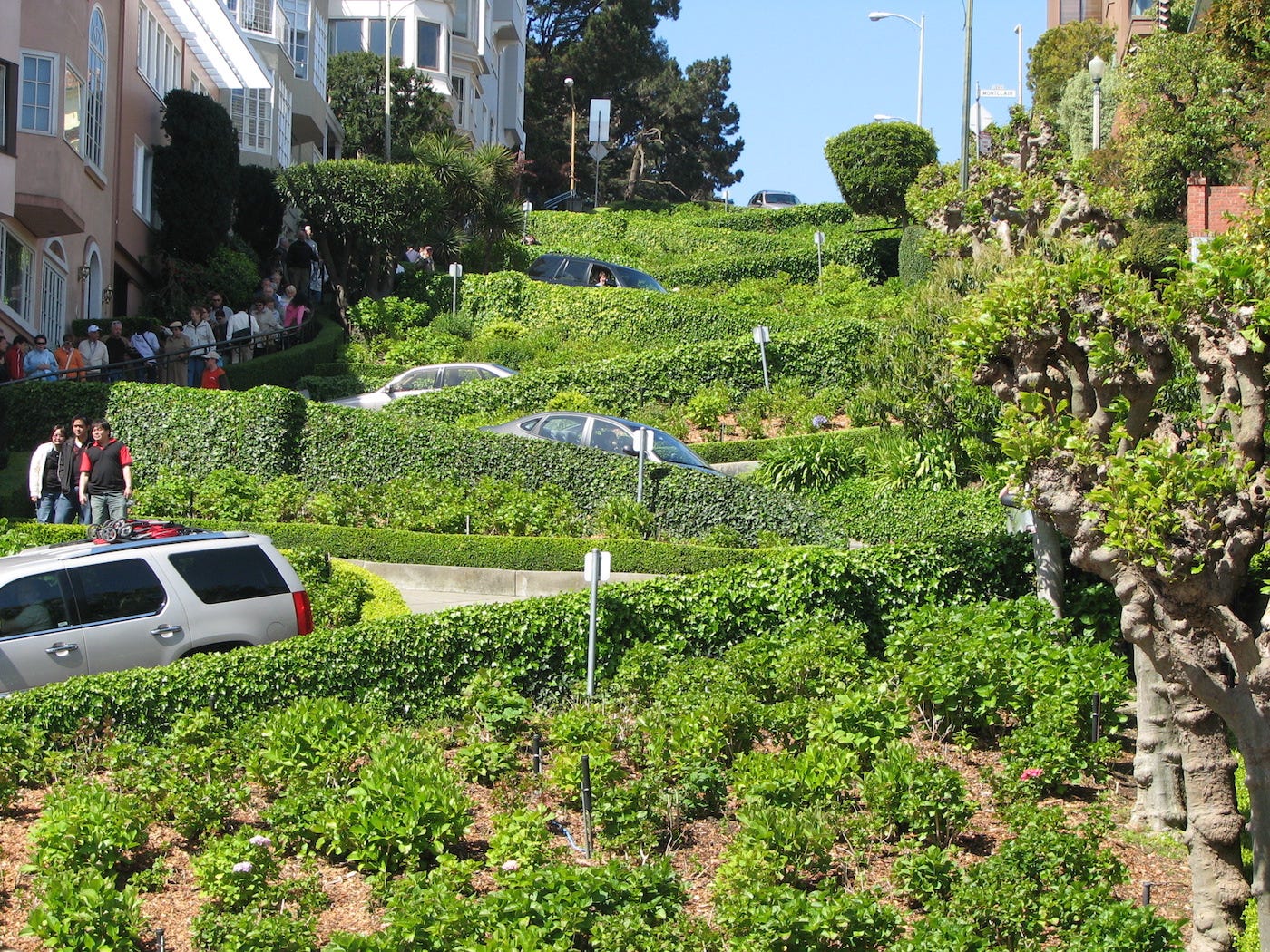
Lombard Street runs all the way from the Presidio to the Embarcadero, with a little detour at Telegraph Hill, but of all those blocks, only one is famous. The switchbacked swervy, curvy section in Russian Hill is the street’s claim to fame, although there is some debate about whether it’s actually the “most crooked street in the world” (or even in San Francisco for that matter). This section is pristine, blooming with flowers and booming with camera-happy tourists.
But Lombard’s double-S curve wasn’t built to be a tourist attraction. In fact, it’s the result of city planning for safety. Built in 1922, the design helps pedestrians and drivers cope with the steep hill’s natural 27 percent grade by making it more shallow.
The Transamerica Pyramid
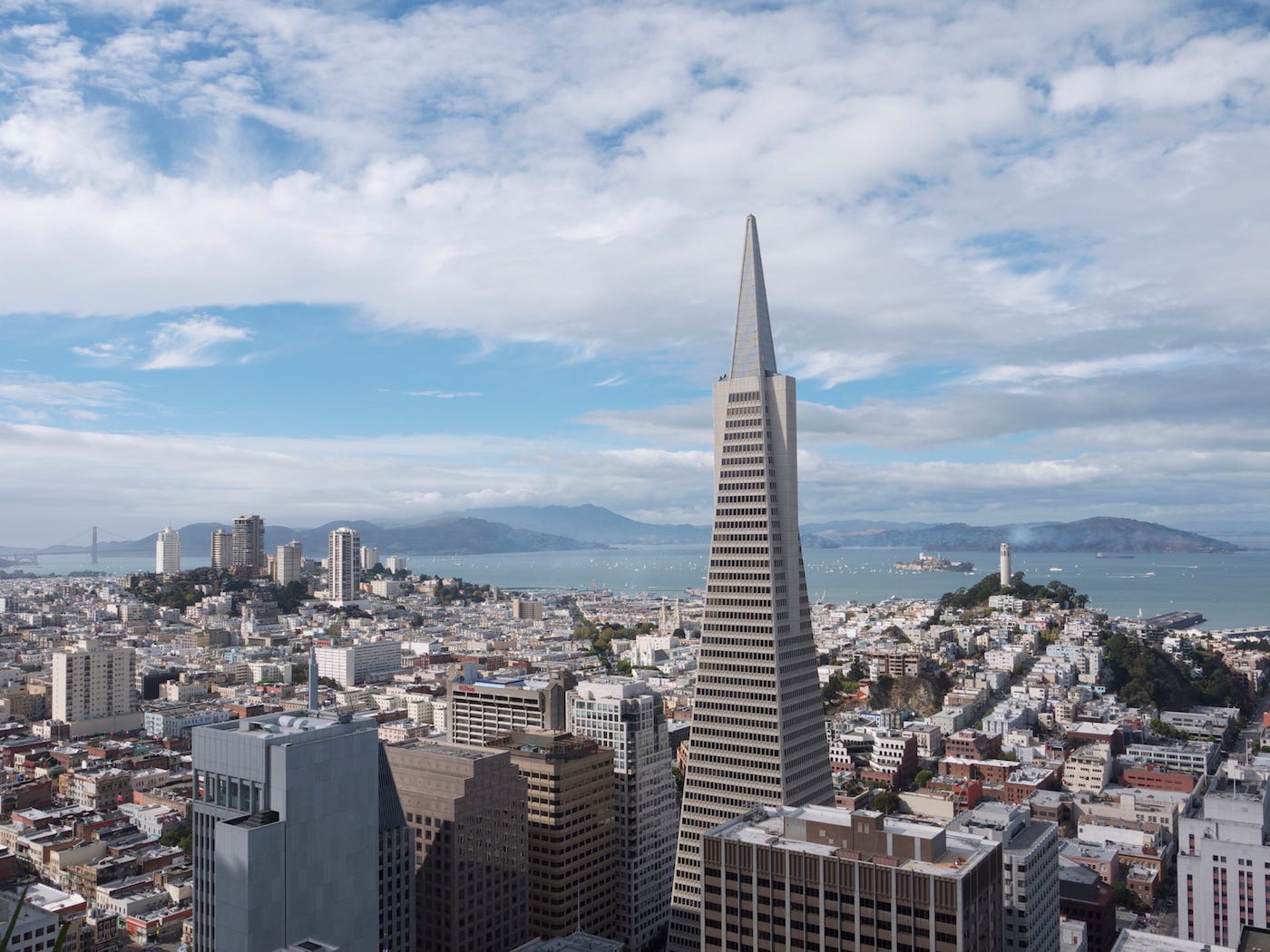
Whenever I get a little too happy at a happy hour, I know the steeple of this San Francisco staple will point me in the right direction. Second star to the right and straight on til North Beach!
Currently the city’s tallest building, the pyramid will soon stand in the shadow of the Salesforce tower (coming in 2018?) and is very much the signature piece of the San Francisco skyline. Finished in 1972 and designed by architect William Pereira, it wasn’t always beloved—some disdainfully called it “Pereira’s Prick.” The pyramid was the tallest building west of Chicago until 1974.
The Ferry Building

I once entered the Ferry Building with two small San Franciscans who inquired where the fairies were. I told them that they came out only at night after the building closed.
Joking aside, the Ferry Building is a San Francisco waterfront mainstay that’s also a functioning ferry terminal, marketplace and office space. The Ferry Building opened in 1892 and was one of the busiest public-transit terminals in the world, second only to King’s Cross station in London, until those famous bay-spanning bridges came to town. The completion of the bridges greatly reduced the need for ferry travel to the East Bay and Marin. In the 1950s, the Ferry Building was used for office space and retail, and in 1957, it fell into the background for 35 years, hidden behind the Embarcadero freeway. When the freeway was torn down in 1991, the Ferry Building regained its front-and-center status once again.
Today the Ferry Building is the heartbeat of the waterfront, with offices on the second and third floors and a marketplace on the ground floor that features local products. Of course, it still offers ferry service to Larkspur, Sausalito, Vallejo and Alameda, just as it did in 1892.
Misión San Francisco de Asis (a.k.a. “Mission Dolores”)

When you hear the words “the Mission” in San Francisco, you probably think of either hipster or Hispanic culture. But the moniker refers to the church for which the district was named. Misión San Francisco de Asis is the city’s oldest surviving structure and one of the only intact original Mission chapels in California established under Junípero Serra. Named for Saint Francis of Assisi, it’s also known as Mission Dolores. It was established as part of the California chain of missions in 1776 by Lieutenant José Joaquín Moraga and Francisco Palóu. Mission Dolores is still an active church.
The Palace of Fine Arts
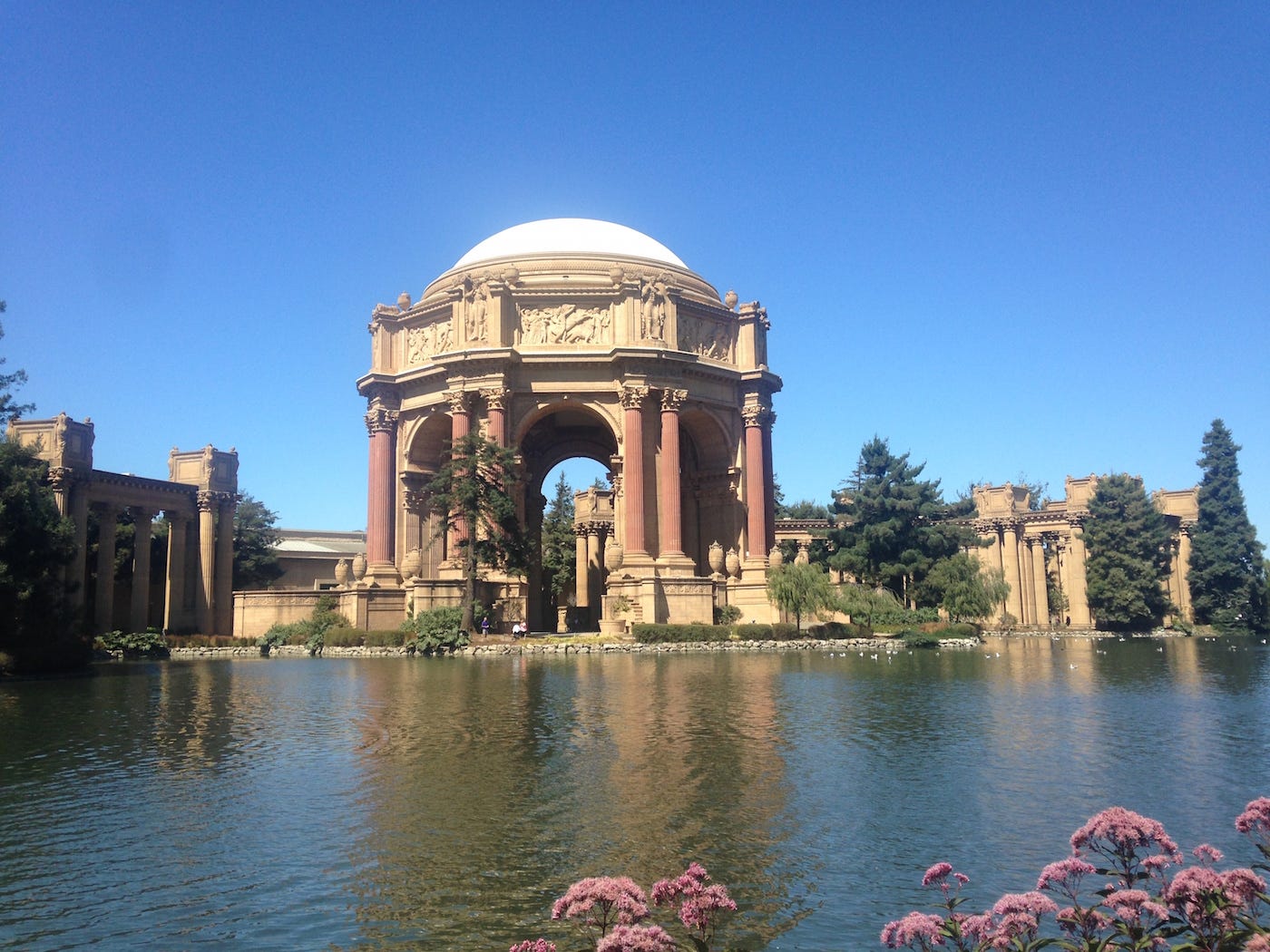
The Palace of Fine Arts is one of my favorite places to sit, stroll or share a snack with birds. Its classical-inspired architecture appears as if it’s left over from ancient times. The dome itself is surrounded by a pond teeming with turtles, fish, resident swans and other birds. I’m not the only one who finds it serene there—I’ve seldom been there without encountering a gaggle of tourists or witnessing a prom, a wedding or a quinceañera photo shoot.
Originally built for the 1915 Panama-Pacific Exposition, the palace went from emulating ruins to pretty much being in ruins in the 1950s, until it was rebuilt in 1965. The pond and grounds were completed in 2009.
While the exhibit hall has housed everything from art to tennis courts to the Exploratorium museum to a theater, it’s the rotunda dome that draws the crowds.
The San Francisco-Oakland Bay Bridge
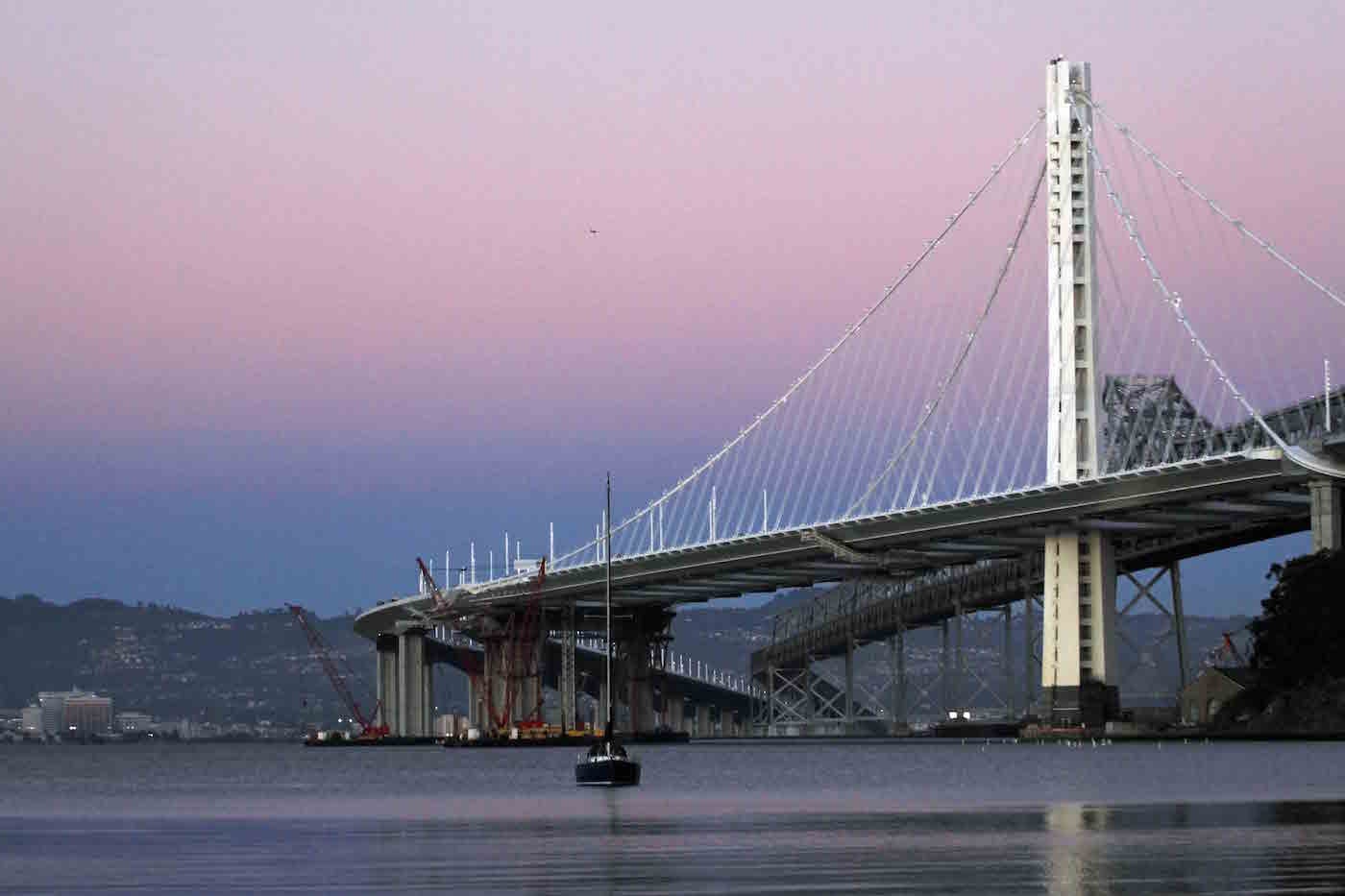
As a child I thought the Bay Bridge was like the road version of a bunk bed. To the three-year-old me, it was mind blowing that incoming traffic was on the top and outgoing traffic on the bottom. Imagine if I’d seen it in 1936, when the upper deck was reserved for cars and the lower one was reserved for trucks and trains.
Although eccentric San Francisco resident—and self-proclaimed—Emperor Norton decreed that a bridge be built in 1872, the Bay Bridge didn’t open until the fall of 1936.
The Bay Bridge is one of the longest-spanning bridges in the country, and the newer section, the east span (completed in 2013), is the world’s widest bridge according to the 2014 Guinness Book of World Records.
The Golden Gate Bridge
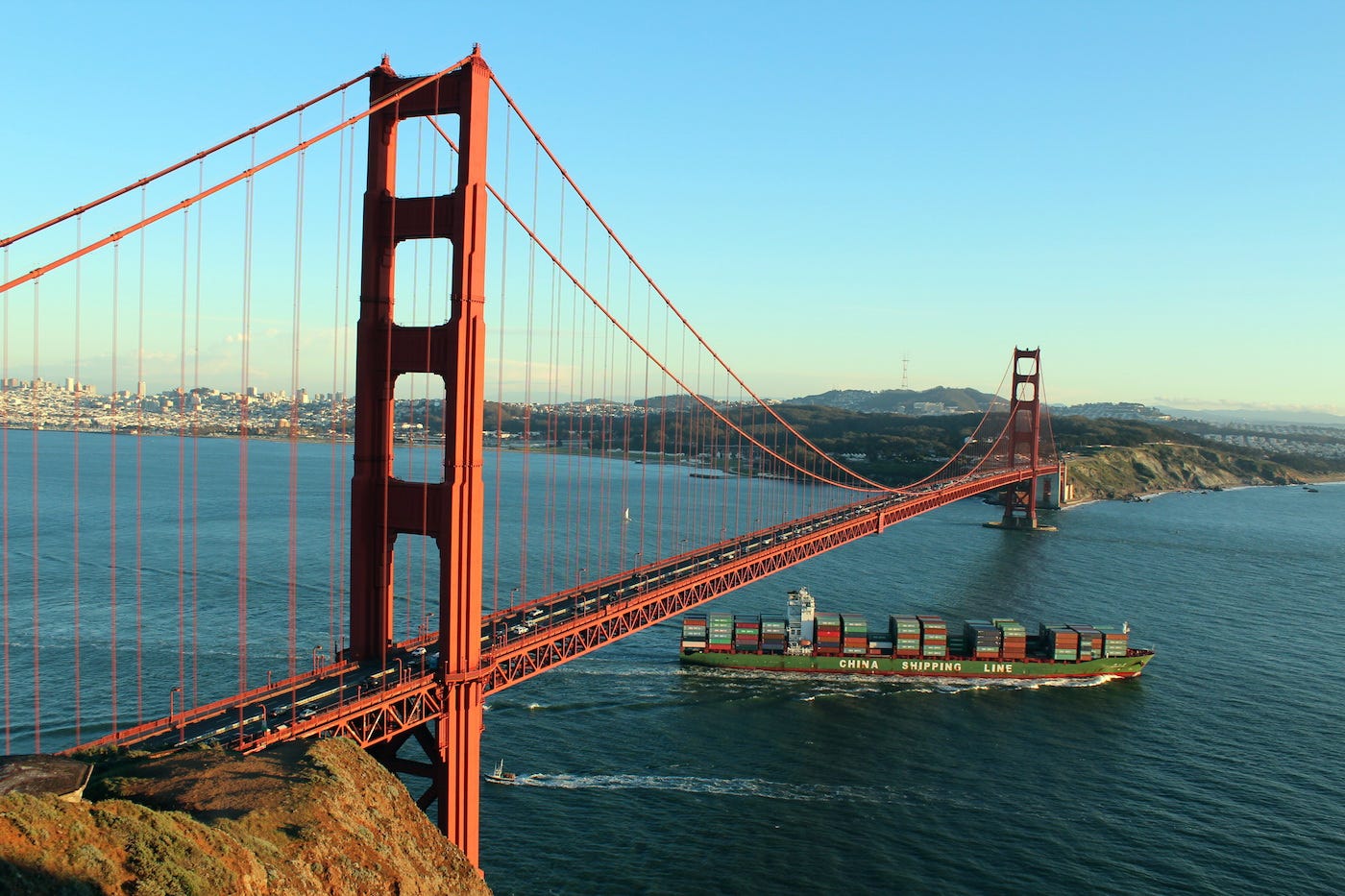
It’s hard to imagine a San Francisco without the Golden Gate Bridge; it would be like New York City without the Statue of Liberty. The bridge has become not only the symbol for the city but also one for America as well.
Construction on the beloved bridge began in 1933 and was completed in 1937. On opening day, it’s said that 15,000 people crossed the bridge every hour, each of them paying 25 cents for the privilege.
Designed by Joseph Strauss, Irving Morrow and Charles Ellis, it was the world’s longest suspension bridge until 1964. Strauss was a stickler for safety during the construction of the bridge, so he installed nets, required workers to wear special hats and even restricted their diets to combat dizziness.
Declared one of the Wonders of the Modern World by the American Society of Civil Engineers, the Golden Gate Bridge is undoubtedly one of the most photographed bridges in the world and the most beautiful (OK, that’s my opinion).
Obviously, the bridge is named for the strait it spans and not its actual color. The bridge’s “International Orange” hue was chosen to make it more visible in the fog and to complement its surroundings.
The Painted Ladies

San Francisco is home to many lovely painted ladies in the form of Victorian- and Edwardian-style homes painted with three or more colors to enhance their features. But the most popular ladies in our city are a group of homes across from Alamo Square on Steiner Street known as “Postcard Row.” Built in the late 1800s by Matthew Kavanaugh, these pretty homes have made countless cameos on TV and in movies (cue the Full House music).
Pier 7

In regard to Pier 7, one might say they unpaved a parking lot and put up paradise (Joni Mitchell would be proud). That’s because Pier 7 went from being a run-of-the-mill commercial pier in the 1930s to a parking lot in the 1960s. Now it has found new life as a recreational pier. Pier 7 is perfect for strolling, smooching, fishing or, if you’re a toddler, walking in between the benches and marveling at the water below.
Alcatraz Island
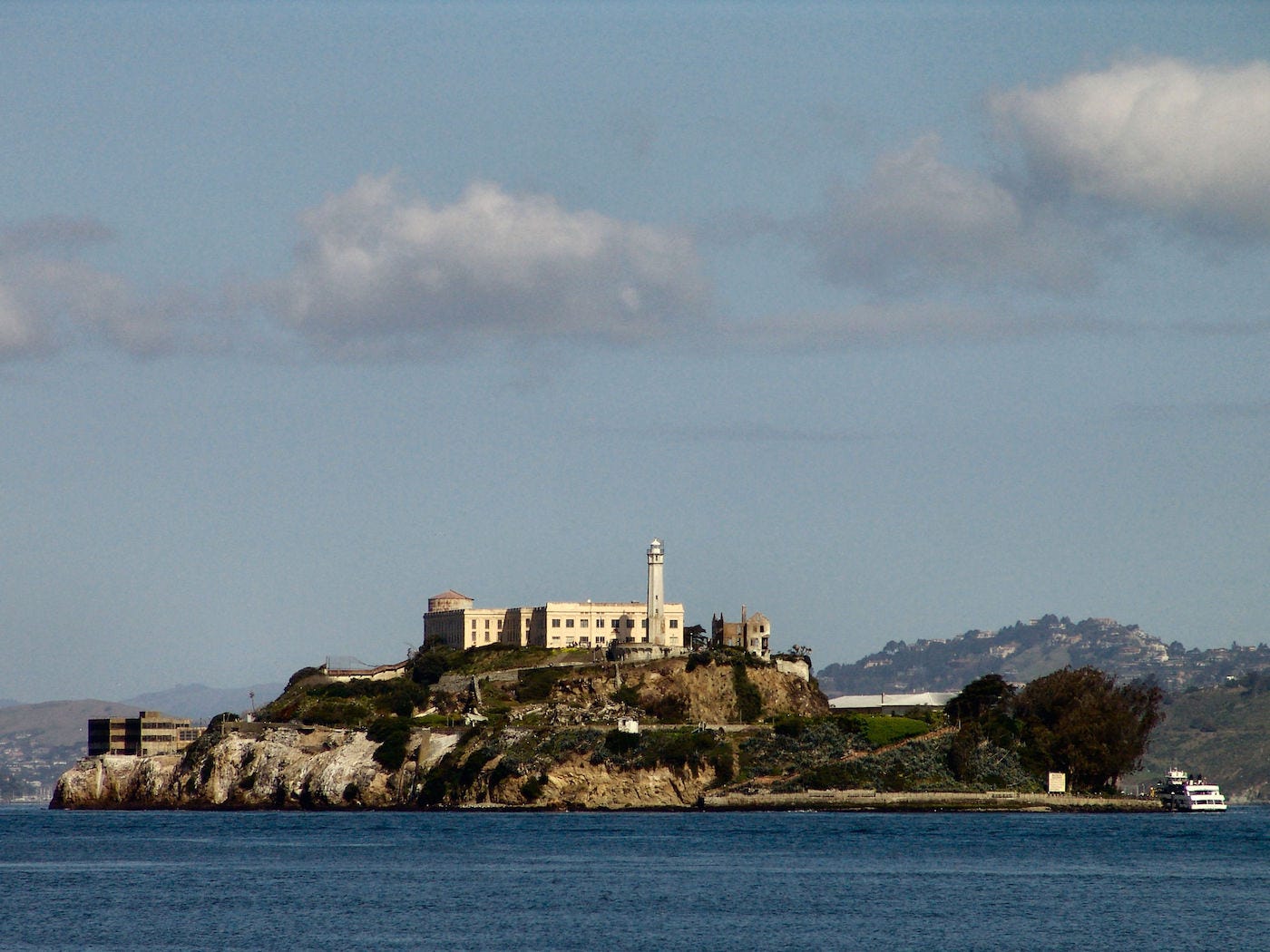
For a small island, Alcatraz has had quite the history. Named for pelicans, its original inhabitants, Alcatraz went on to become a lighthouse (now the oldest operating lighthouse on the West Coast), a military prison and, for 29 years, a federal prison holding some of America’s most notorious criminals.
In November of 1969, six years after it ceased operation as a prison, Alcatraz was occupied by the United Indians of All Tribes, who were protesting federal policies regarding Native Americans. Their occupation lasted for 19 months.
In case you haven’t noticed, the island is run by the National Park Service and overrun with visitors looking for everything from souvenirs to ghosts to prison-cell photo ops.







